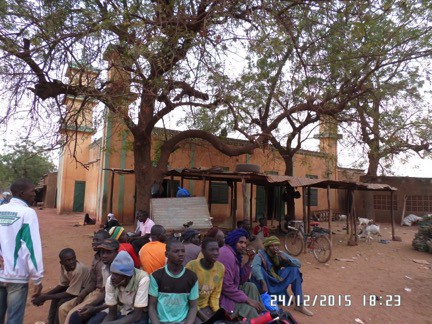
Central Mali is most famous for the great mud mosque of Djenné, said to date back to the Mali Empire’s highpoint in the 13th century (and itself built over the ruins of one of West Africa’s largest and most complex ancient sites, Djenné-Djenno); and for the renowned guitarist Ali Farka Touré, who reconnected blues with its roots.
In the past year, however, security concerns have driven this pastoral, usually tourist-friendly area into decline.
>
“Merchants from Burkina Faso have stopped traveling to weekly markets in central Mali to sell their goods. This means Malian merchants have lost them both as a supply source for the goods they usually bring, and as buyers for their own goods.”
An ethnically diverse patchwork of villages stretched across the inland delta of the Middle Niger River, the area is notoriously hard to traverse, and has depended on seasonal trade networks with neighboring Burkina Faso and Mauritania.
Due to recent extremist attacks, kidnapping, and armed banditry, both local and international merchants are now increasingly hesitant to travel between the area’s villages to sell their goods. At the weekly markets which draw communities together, basic goods are becoming scarcer and prices are going up.
>
“There are no tourists coming to central Mali anymore. There are many like myself in the tourism sector without work.”
Tourism has been a major source of income to the families of central Mali’s Fulbe and Dogon communities, but now the threat of kidnapping of westerners has all but destroyed the industry. Many hotels and restaurants are closed, while tour guides and artisanal vendors have no customers. The number of European tourists in Mali fell from 71,371 in 2014 to 35,700 in 2015, according to the World Bank, and is expected to decrease further in 2016. Although the drop in tourism revenues have hurt Mali’s already fragile economy throughout the country, they may be hardest felt in central Mali.

